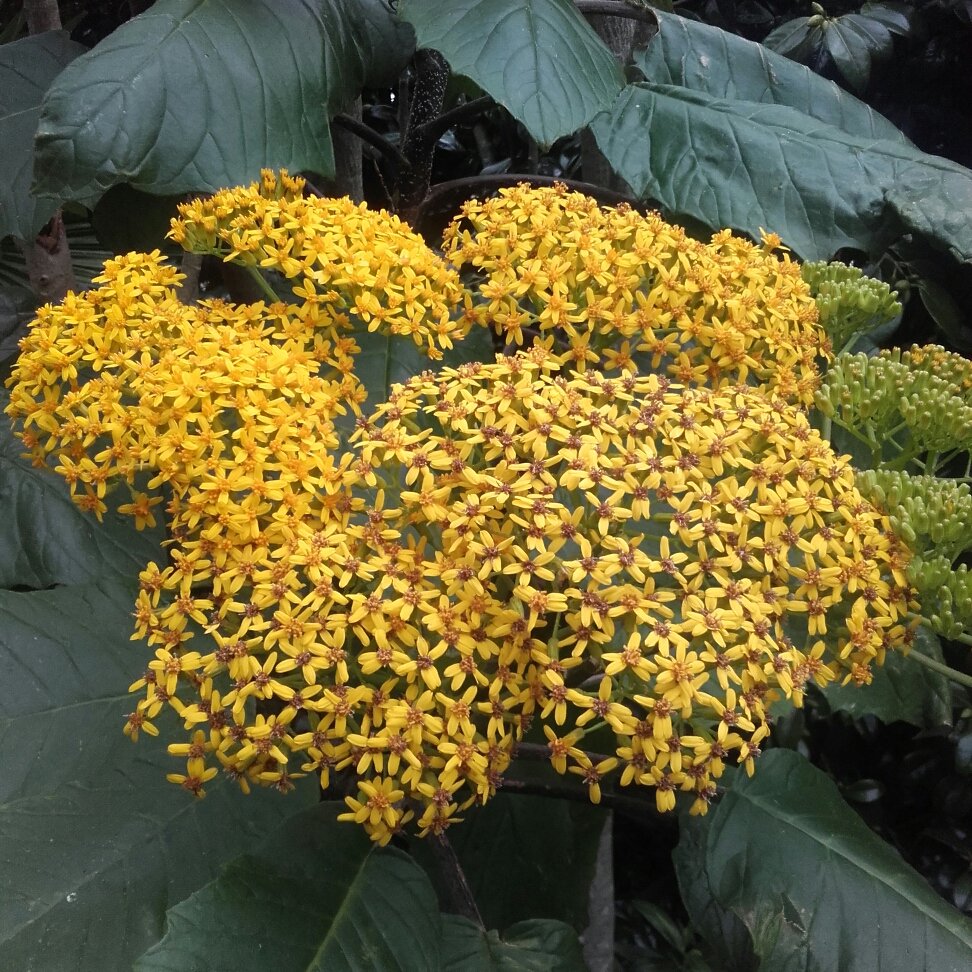
Senecio petasitis syn. Roldana petasitis
Velvet groundsel
The Velvet Groundsel is a large evergreen shrub that can grow to 3m tall and wide. It sports bright green leaves and in winter to early spring, bright yellow daisy flowers. Roldana plant tolerates a wide range of soils and prefers to be planted in full sun in wind sheltered coastal gardens.
Contributed by @dannykonik
-
Full sun
-
Very little water
-
Frost Hardy: 23F (-5°C)
-
Light and free draining
Common name
Velvet groundsel
Latin name
Senecio petasitis syn. Roldana petasitis
type
Succulent
family
Asteraceae
ph
6.0 - 7.5 Acid - Neutral
Plant & bloom calendar
-
Best time to plant
full grown dimensions
 3.00 M
3.00 M
3.00 M
3.00 M
Senecio petasitis syn. Roldana petasitis
The Velvet Groundsel is a large evergreen shrub that can grow to 3m tall and wide. It sports bright green leaves and in winter to early spring, bright yellow daisy flowers. Roldana plant tolerates a wide range of soils and prefers to be planted in full sun in wind sheltered coastal gardens.
Planting
From Early Spring TO Early Spring
In many areas, Senecio is grown indoors as a pot plant, but it can also grow outdoors in areas where winters are not severe; ideally, the temperature should not drop below 7°C (45°F).Plant in full sun and give little to no irrigation but with occasional summer irrigation will hold the leaves on the stems which otherwise fall off. Makes an interesting and wild plant in the garden or in a large pot. Preferably, the soil for container-grown plants should be a mixture of two parts sand, one part loam, one part pea gravel, and one part peat moss. Plants should perform well in soils of pH 6.0 to 7.5.









